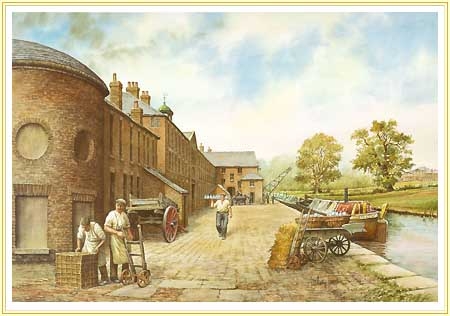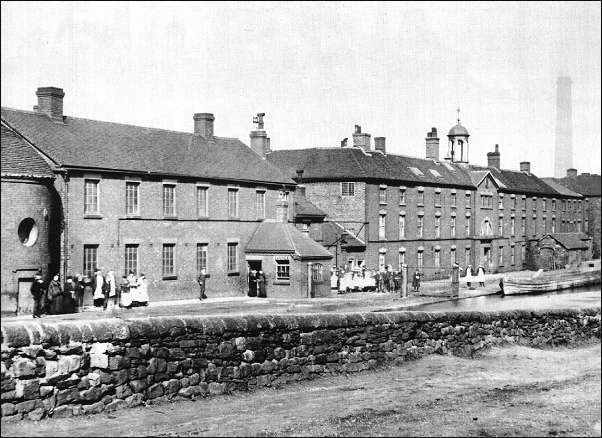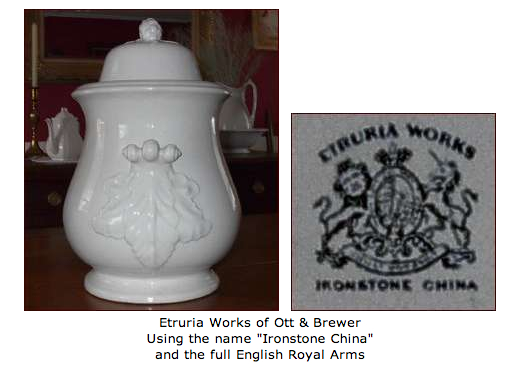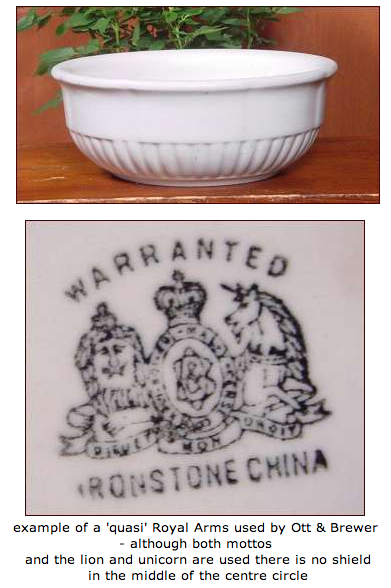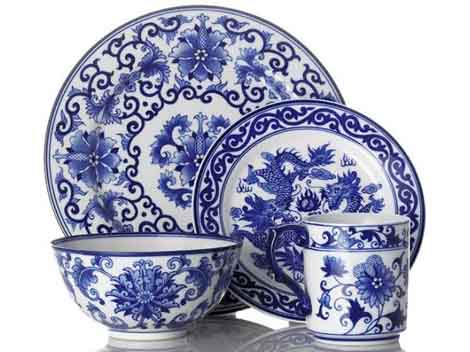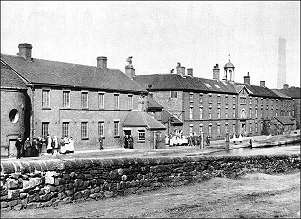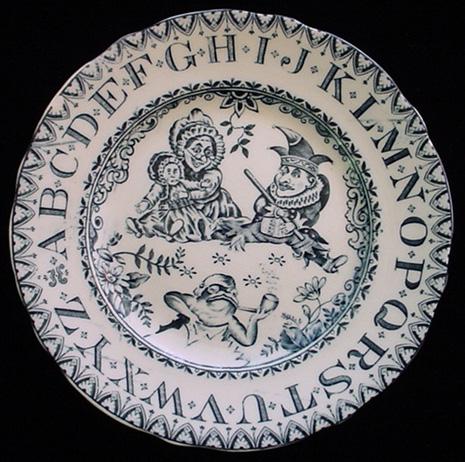WEDGWOOD’S ETRURIA
The world famous manufactory of Joshia Wedgwood, father of English Potters. From this canal side factory, Wedgwood ware was exported all over the world.
The Etruria Works was a ceramics factory opened by Josiah Wedgwood in 1769 in a district of Stoke-on-Trent, Staffordshire, England, which he named Etruria. The factory ran for 180 years.
 Wedgwood had previously based his business in the nearby town of Burslem at the Ivy House Works and the Brick House Works (demolished – the Wedgwood Institute is built on its site). In 1767 Wedgwood paid about three thousand pounds for his new site, which was then known as the Ridgehouse Estate. It lay directly in the path of the Trent and Mersey Canal of which Wedgwood was a promoter. On one side of the canal Wedgwood built a large house, Etruria Hall and on the other side a factory. His architect was Joseph Pickford.
Wedgwood had previously based his business in the nearby town of Burslem at the Ivy House Works and the Brick House Works (demolished – the Wedgwood Institute is built on its site). In 1767 Wedgwood paid about three thousand pounds for his new site, which was then known as the Ridgehouse Estate. It lay directly in the path of the Trent and Mersey Canal of which Wedgwood was a promoter. On one side of the canal Wedgwood built a large house, Etruria Hall and on the other side a factory. His architect was Joseph Pickford.
The motto of the Etruria works was Artes Etruriae Renascuntur. This may be translated from the Latin as “The Arts of Etruria are reborn”.
Wedgwood was inspired by ancient pottery then generally described as Etruscan, although the term was used for items now known to be Greek.
In particular he was interested in artworks which Sir William Hamilton began to collect in the 1760s while serving as an ambassador in Naples. The modeller John Flaxman was able to adapt this classical art for the eighteenth-century market, producing designs such as “the dancing hours”. The products of Wedgwood’s factory were greatly admired in Britain and abroad. Some of Flaxman’s designs are still in production today.
Jasperware vase and cover, John Flaxman (designer), made by Wedgwood, England, About 1780, Unglazed stoneware Victoria and Albert Museum no. 2416-1901
Little remains of the factory today, although one surviving structure is now protected as a listed building . The site was affected by mining subsidence, and most of the factory was demolished after the Wedgwood company moved production to Barlaston some miles south on the Trent and Mersey Canal. Part of the site is now occupied by the local newspaper The Sentinel.
There were two Etruria pottery Works?
The first was the newly built factory of the famous North Staffordshire potter.
Opened officially by Josiah Wedgwood I, and celebrated by the throwing of six ‘First Day’s’ Vases, on 13th June 1769, the land on which the factory was built, known as the Ridgehouse Estate, had been originally purchased by Josiah in 1767 for the sum of three thousand pounds.
The estate comprised some three hundred and fifty acres, and Wedgwood was particularly anxious to purchase it because he knew that it lay directly in the path of the proposed Trent and Mersey Canal. The motto of the factory (one which appeared on the First Day’s Vases), was ‘Artes Etruriae Renascuntur’ – literally, ‘The Arts of Etruria are reborn’.
The name ‘Etruria’ actually derives from an area of central Italy, originally inhabited by the Etrusci. The Etruscans were a highly civilised people who produced splendid works of art which were greatly admired in the 18th century.
There was also another Etruria pottery works – this one in Trenton, New Jersey, America.
“The Staffordshire of America”
In 1852, two immigrants from Staffordshire founded the Trenton’s first industrial pottery, Taylor and Speeler on Mill Hill.
In 1872, Thomas Maddock first successfully manufactured glazed earthenware here. It was extremely popular, and it gave Trenton the reputation of being the “Staffordshire of America,” after the area of Staffordshire in England famous for its pottery.
Ott and Brewer – This company was founded in 1863 by William Bloor following earlier efforts in Trenton and East Liverpool.
In 1865, it was known as Bloor, Ott & Brewer. Bloor remained the senior member of the firm until 1871. Upon his departure, the firm ‘was renamed Ott & Brewer.
In an attempt to capitalise on the popularity of English ironstone and earthenware Bloor (and his successors) named their factory “Etruria Works” and used the Royal Arms.

